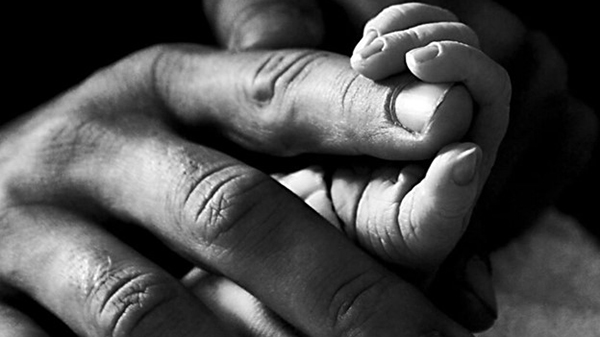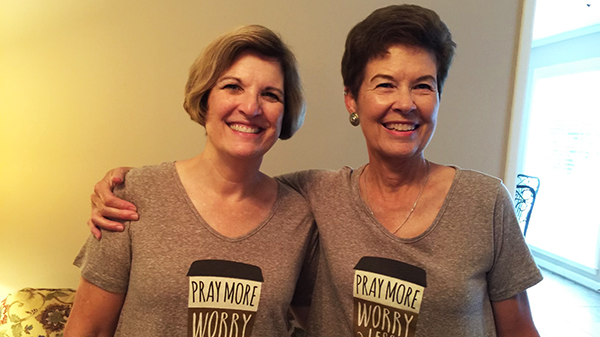The American family is moving away from the traditional model of a stay-at-home mother and working father with children, according to a recent survey.
Dual-income and single-parent families are replacing the “Ozzie-and-Harriet family,” said Tom Smith, author of “The Emerging 21st Century American Family,” a report by the National Opinion Research Center at the University of Chicago. Women in the workplace, redefinition of the roles of husbands and wives, smaller families and changing mores about marriage and sex are “fundamental changes” affecting American families, Smith said.
“Both family structure and family values have been changing and as a result of these changes, the American family is a much-altered institution,” Smith said.
Among the most profound changes taking place in the last generation are the increased role of women in the work place and redefinition of gender roles by married couples, the study said.
“Women have greatly increased their participation in the paid labor force outside the home,” the study said. In 1960, 42 percent of women ages 25-64 worked outside the home. That percentage grew to 49 percent in 1970, 59 percent in 1980, 69 percent in 1990 and 71 percent in 1995.
Women are bringing in a greater share of the family’s joint income. By 1994, women had a higher income than their husbands in 22 percent dual-earner families.
“Among the most fundamental changes affecting American society over the last generation has been the redefinition of the roles of men and women and husbands and wives,” the study said.
“A traditional perspective in which women were occupied in the private sphere of life centering around running a home and raising a family while men engaged in the public sphere of earning a living and participating in civic and political events has been rapidly replaced by a modern perspective in which there is much less gender-role specialization and women have increasingly been entering the labor force as well as other areas of public life.”
Less than one fourth (21 percent) of American families contained an employed father and stay-at-home mother in 1998, compared to more than half (53 percent) of families in 1972, according to the report.
While gender roles are becoming less traditional, Smith said, stay-at-home fathers in “Mr. Mom” households are still “a rarity.”
The acceptance of women in politics has increased substantially in the last 25 years. In 1972, 74 percent of the population said they would vote a woman into presidency and in 1998, 94 percent accepted female candidates, according to the report.
Declining marriage and childbirth rates will mean fewer households will contain children in the future, Smith predicted. Also, fewer children will be living with their original two parents.
A Baptist ethicist said churches ought to minister to the needs of families as they exist today, not as they once existed.
“The changing structure of the American family requires churches to meet real needs that support dual-income families and single-parents, not political statements of faith that prioritize the husband as bread-winner and wife as household manager,” said Robert Parham, executive director of the Baptist Center for Ethics.
Parham encouraged church leaders to “teach authentic biblical values, instead of baptizing the cultural model of Ozzie and Harriet as the normative Christian model for family structure.”
Other factors cited in the study include changing attitudes about:
- Marriage. “While still a central institution in American society, marriage plays a less dominant role than it once did,” the study says. More people are delaying marriage, divorces have increased and people are slower to remarry than before. More people are also living together without being married. In a 1994 study, 28 percent of married couples said they lived with their present spouse before marriage. Another 1994 study found nearly two-thirds of young men (65.7 percent) and women (64 percent) said their first union was cohabitation.
- Children. Childbearing has declined, from a peak fertility rate of 3.65 children per woman at the height of the baby boom to a rate of 1.75 children in 1975. This is below the level needed for the population to replace itself.
- Sexual mores and practices. Attitudes toward premarital sex have become more permissive. The percent saying unmarried sex is always wrong declined from 36 percent in 1972 to 24 percent in 1996. (ABP)





Share with others: